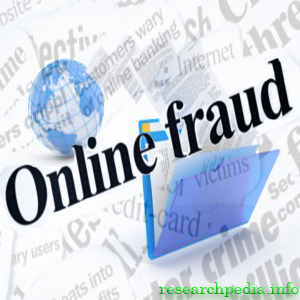From journal self-citations to publisher self-citations (An internet fraud)

The internet has provided people with opportunities. Unfortunately few people started to exploit these opportunities for making people fool and cheat them for earning money. One example of which are money making journals (MMJ) [1] which uses self-citations to do a civilized internet fraud.
We first explain self-citations, which in case of a journal mean that papers published in a journal have many papers in the references which belong to the same journal. It helps journal to obtain impact factor initially on probation for 2-3 years but finally the journal is black listed as it has more than 20% self-citations [2]. The story did not end here. This kind of journals has found another way to save them from blacklisting. How?
The people doing this internet fraud now open a publishing company. Instead of publishing a single journal a publishing company usually has several journals of similar areas of interests. The editor of one journal asks to cite papers from its same publishing company but not from the same journal. In this way a specific journals self-citations do not exceeds the 20% threshold specified by Thomson ISI to black a journal. This way they are able to cheat Thomson ISI as well as innocent researchers. Here innocent researchers mean some people which do not know this internet fraud and accidently become victims. But there are many researchers who are unable to publish in reputed journals they knowingly publish in MMJ to increase their publication count for faculty positions, promotions etc.
This way research internet fraud people earn more with being safe to be blacklisted. The names of this kind of publishers are WSEAS, IASTED etc.
[1] https://researchpedia.info/?p=147
[2] http://www.scimagojr.com/journalsearch.php?q=12000154489&tip=sid&clean=0


quiet informative